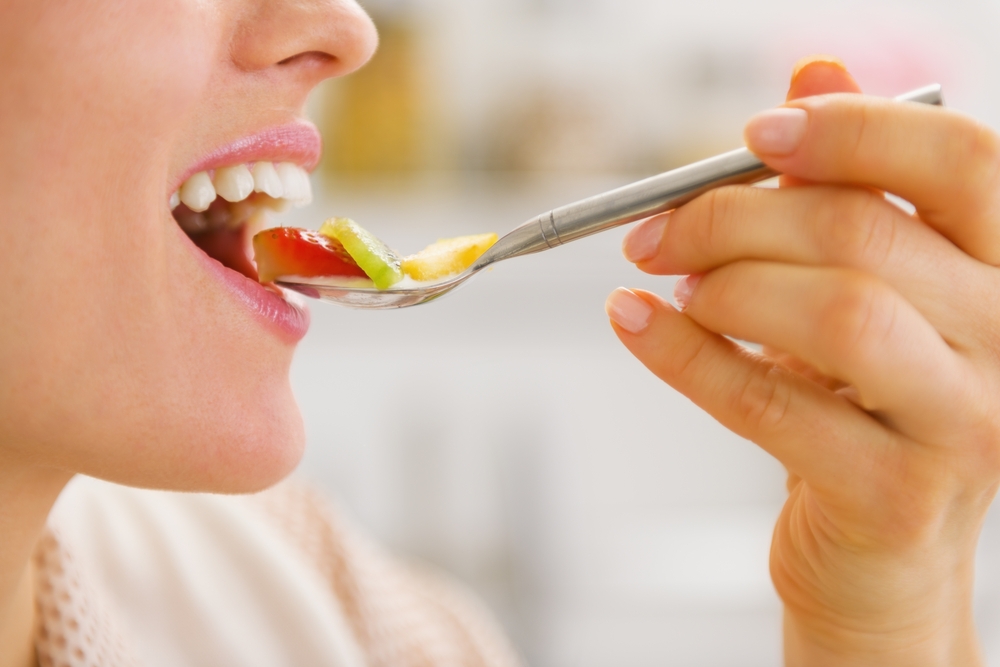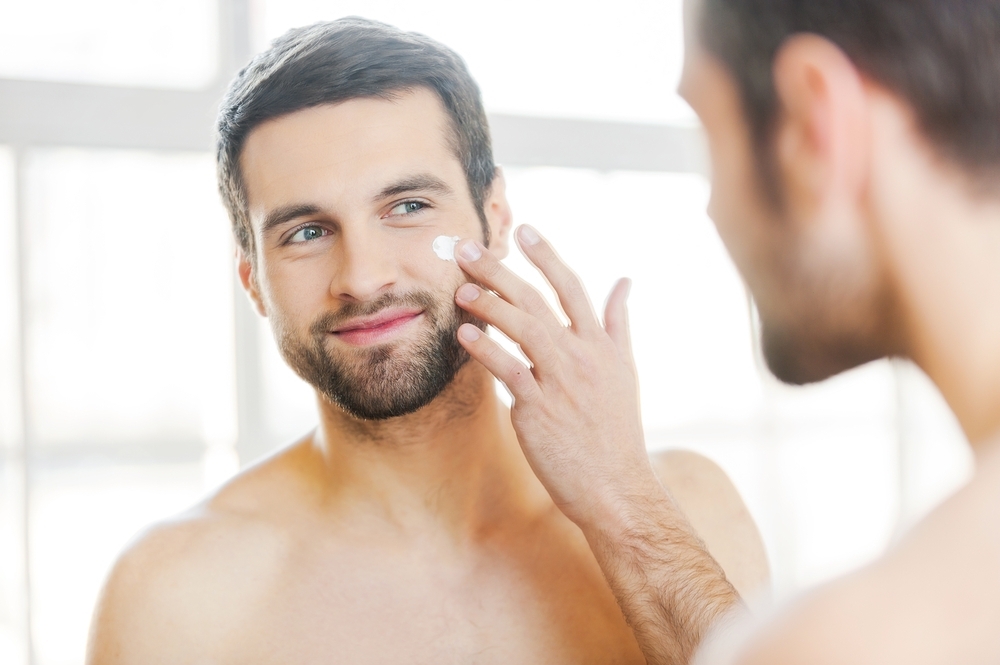You have looked forward to your vacation for what feels like forever, yet it feels like as soon as you’ve left you have to prepare to go back to work. And the thought of going back to work is beyond overwhelming. Think of all of the voicemails, the memos and, of course, the many e-mails that are sure to await you when you get back. Doing a bit of work before you leave can help your return to work easier and a bit more pleasant.

Write a Great Away Message
To avoid going back to work with an inordinate amount of work waiting you, you need to write a well thought out “away” message. Skip the “family vacation” or “much needed vacay” and instead be a bit more professional. Simply say you are out of the office from your departure date until the day you plan to return to work. Include directions for what is to be done in the event that immediate action is needed and leave contact information so that people are still able to get the information they need. It is also a good idea to ask that the person e-mailing you follow-up upon your return because e-mails can get lost in a crowded inbox (which you are sure to have after a vacation).

Plan for Your Return Before you Depart
Getting everything ready before your departure for vacation is a completely overwhelming task. There’s packing, making last minute changes to your schedule and wrapping up work before you go. With all of this the thought of adding more to-dos before you go may stress you out completely. However, if you actively plan for your return to work instead of merely focusing on leaving work, it can make going back to the office much easier. Having a clear idea of what you will need to do immediately upon your return helps make you more productive when you actually do get back to work. Plan to spend your first day back checking and answering e-mails and leave important meetings until a day or two after you return to make sure that you are back in the swing of things.

Return Earlier
Most people plan vacations with the day of return being Sunday. Bad idea. So many things can go wrong from layovers to cancelled flights, your day of traveling home is stressful enough without having to worry about work. Delay in travel makes having to return to work bright and early on Monday morning that much more undesirable. Instead of planning to head back to work the day after you get home, consider returning on a Friday or Saturday. This gives you a great buffer day in which you can adjust to being home, unpack and mentally prepare yourself for the return to work. Do laundry, read, spend time with the pets you missed, do whatever you need to do in order to get yourself ready for your return to work.
Very few people get excited about going back to work after vacation, but it doesn’t have to be stressful. Give yourself plenty of time to travel and ideally some time to relax before heading back to work and once you are back, take it easy for a day or two and spend time returning messages. And of course, do not let the inevitable return to work stop you from enjoying your time spent on vacation.
































